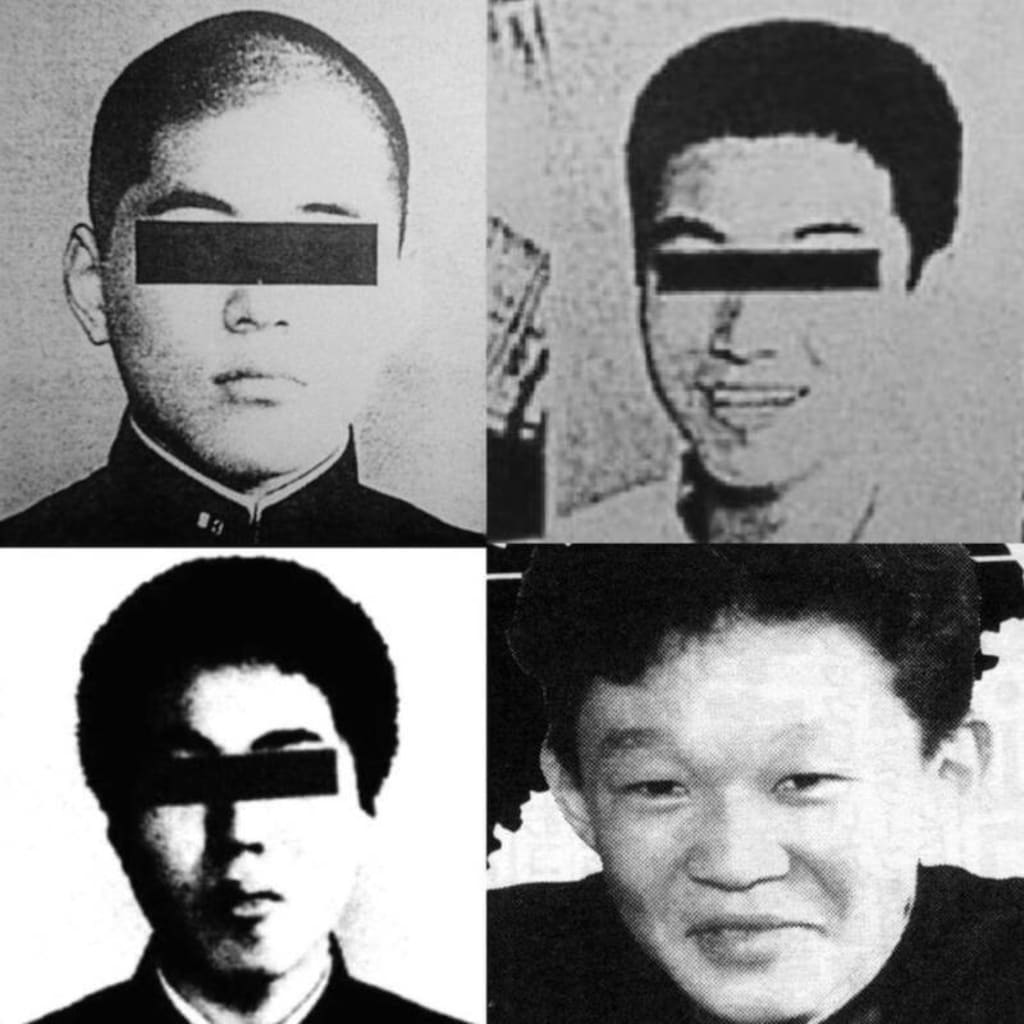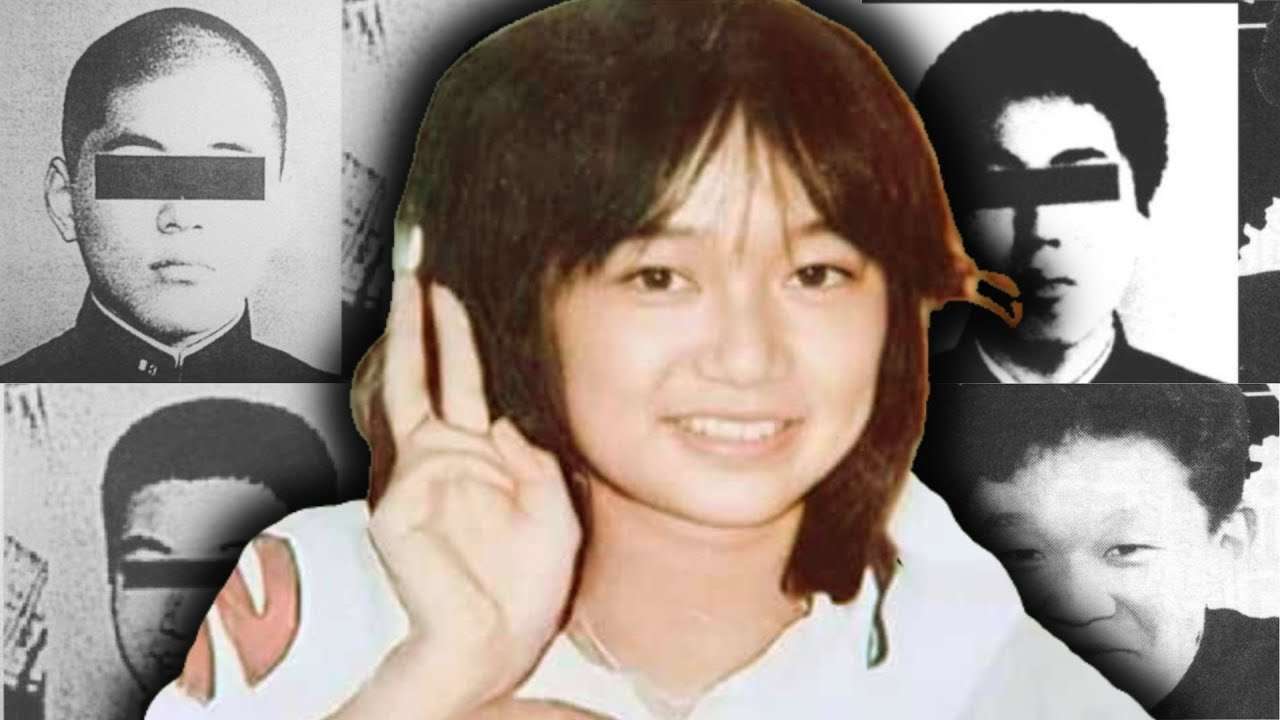Junko Furuta Case: Where Are The Killers Now?
Can the passage of time truly erase the horrors inflicted upon Junko Furuta, or do the shadows of the past forever cling to those responsible? The chilling reality is that the perpetrators of this heinous crime are now free, yet the question of their current lives, and the enduring impact of their actions, remains a source of intense public scrutiny and moral debate.
The name Junko Furuta is synonymous with a case that shocked the world, a testament to unimaginable cruelty inflicted upon a young woman. In 1988, in Japan, a seemingly ordinary high school student was abducted and subjected to an ordeal that continues to haunt the collective conscience. The details of the abuse, torture, and eventual murder are so gruesome that they are difficult to comprehend, let alone reconcile with any sense of justice or humanity. This article delves into the aftermath of this tragedy, examining the lives of the perpetrators, their sentences, and the lingering questions surrounding their present circumstances.
The perpetrators of this brutal crime were not hardened criminals; they were teenagers. Hiroshi Miyano (18), Jo Ogura (17), Shinji Minato (16), and Yasushi Watanabe (17) were the individuals responsible for the abduction, prolonged torture, rape, and murder of Junko Furuta. Their actions, over a period of approximately 40 days, constitute one of the most appalling acts of violence in Japanese history.
- Lara Rose Onlyfans Unveiling Her Success Story Content
- Camilla Araujo Onlyfans Leak Privacy Security Controversy
| Perpetrator | Age at Time of Crime | Sentence | Release Date (Approximate) | Current Known Status (as of 2024) |
|---|---|---|---|---|
| Hiroshi Miyano | 18 | 20 years | Around 2009 | Reportedly living independently. Accused of fraud in 2013, but not prosecuted. Information about his current life remains difficult to ascertain. |
| Jo Ogura | 17 | 5-10 years | Between 1994-1999 (exact date unclear) | Unknown. Information regarding his life is limited and not publicly available. |
| Shinji Minato | 16 | 5-9 years | Between 1993-1997 (exact date unclear) | Unknown. Details about his current life are scarce and not accessible to the public. |
| Yasushi Watanabe | 17 | 5-7 years | 1995 | Reportedly the only one who has not reoffended. However, his current whereabouts are also unknown. |
For those unfamiliar with the case, it is important to understand the context of the crime. In 1988, Junko Furuta was a vibrant high school student living in Misato, Saitama Prefecture, with her family. Her life was tragically cut short when she was abducted and subjected to unimaginable horrors. The acts of violence, cruelty, and degradation that she endured over a period of more than a month are almost beyond description. The perpetrators subjected her to repeated beatings, sexual assault, and various forms of torture. Eventually, her body was found in a concrete drum, a grim symbol of the brutality she faced. The police investigation led to the capture of the offenders, initially through the tracking of her body and the subsequent apprehension of Jo Ogura on April 1, 1989, with others being discovered in the following days.
The legal proceedings that followed were met with widespread criticism. Despite the severity of the crimes, the perpetrators received surprisingly lenient sentences. This disparity between the heinous nature of their actions and the punishment they received is a key factor in the ongoing outrage surrounding the case. The sentences ranged from five to twenty years, with the actual time served being significantly less due to the Japanese legal systems handling of juvenile offenders at the time.
The decision to try the offenders as juveniles was a critical factor in the sentencing. Because of this, the maximum sentences they received were considerably lower than what they might have faced had they been tried as adults. This legal technicality, combined with societal perceptions of justice and punishment, fueled the public's anger and the perception that proper justice was not served. Even after 35 years, many feel that Junko has not received the minimum justice for what she went through.
- Erome A Deep Dive Into Its World Impact And Future
- Ddrmovies Is It Safe Your Guide To Streaming Downloading Movies
The area where Furuta's body was found has been transformed into Wakasu Park. This development serves as a subtle reminder of the tragedy that occurred and the need for continued reflection on the events.
The question of where the killers are now is one that has captivated the public's attention for years. While the exact details of their lives are shrouded in secrecy, it is known that they have all been released from prison. The varying paths they have taken since regaining their freedom are a matter of speculation and public interest, as the families and communities involved grapple with the complexities of justice, forgiveness, and the enduring impact of such a heinous crime.
After serving his sentence, Hiroshi Miyano was released from prison around 2009. Sources indicate he may have adopted a new identity to lead a normal life. However, he was reportedly charged with fraud in 2013, although he was never prosecuted. Information about his current whereabouts and activities remains difficult to obtain, suggesting a concerted effort to maintain anonymity.
Jo Ogura, Shinji Minato, and Yasushi Watanabe have also been released from prison, with their release dates varying. As with Miyano, specific details about their post-release lives are scarce, making it challenging to fully comprehend the repercussions of their actions and how they have integrated back into society. While Watanabe has been cited as the only one not to have reoffended, the details of their lives continue to be debated and scrutinized, particularly given the severity of their crimes.
The legacy of Junko Furuta's murder extends far beyond the immediate aftermath. The case continues to be discussed in true crime circles, current events, and internet media. The tragic story is a chilling reminder of the darkest aspects of human nature and the devastating consequences of violence. Many people are eager to know the Junko Furuta murderers and where they are now. Inquiries about the location of the house where Junko Furuta was tortured and murdered still arise, highlighting the enduring fascination with the case and the publics quest for understanding. The fact that such information is publicly available underscores the desire for transparency and the lasting impact of this horrifying event.
The struggle for justice continues for Junko Furuta's family, who are still grieving and fighting to ensure that her memory is honored. The Furuta family's efforts to seek justice, even after the release of the perpetrators, reflects their enduring pain and the complexities of moving forward after such a tragedy. Their pursuit of remembrance helps keep the case alive and reminds the public of the need to confront and learn from the horrors of the past.
The investigation that followed the discovery of Junkos body was complex. The police faced challenges in apprehending the criminals, yet their diligent efforts eventually led to the identification and arrest of the perpetrators. The process involved the use of forensic evidence, including fingerprints, to confirm her identity and track down those responsible for the crime. The police, led by the details of the crime, ensured that the guilty were brought to justice, despite the difficulties.
The story of Junko Furuta has become a harrowing example of violence in modern criminal history. The case captured global attention due to its brutality, and the lenient sentences given to the perpetrators. The tragic case of Junko Furuta has had a lasting impact on Japan and the world. The ongoing questions about the killers current status and the aftermath of their actions demonstrate the lingering effects of the case and the importance of reflection.
In conclusion, the Junko Furuta case remains a somber reminder of the darkness that can exist in the human heart. While the perpetrators have served their time, the question of justice, forgiveness, and the lasting effects of their actions continues to resonate. The absence of closure for Junkos family, coupled with the publics enduring fascination with the case, demonstrates the profound impact of this tragedy. The story highlights the complex relationship between punishment, redemption, and the enduring search for meaning in the face of unspeakable violence.
- Hyungrys Debut Unpacking Temporary Replacement Episode 3
- Nigel Slaters Husband A Look Into Their Life Together

Junko Furuta Case Where is Hiroshi Miyano Now? What Happened to The

Junko Furuta What Happened To Her Killers And The Shocking Truth

Where Are The Murderers Of Junko Furuta Now? Japan Daily